Japanese Inspired Restaurants In The Heart Of Southern Brazil
Ramen│© Oishii
The city of Balneário Camboriú, in the state of Santa Catarina, is one of most popular destinations in the South of Brazil. With crowded beaches and hectic nightlife, refined bars, restaurants and nightclubs abound at downtown and beachside areas. Here sushi acquired an aura of luxury and opulence, becoming very popular, while in Japan it is considered a common food. If you prefer simple traditional Japanese food, restaurants of that kind are rare to find, but not impossible. In Balneário Camboriú, there are options for everyone.
Trendy Fusion
Japanese cuisine in Brazil is mostly based on fusion sushi, a combination of traditional and new techniques with the addition of different ingredients – like fruits, cheese, bacon, barbecue and Brazilian spices. The last ten years have seen a boom of fusion sushi restaurants in the city, with many establishments opening and closing after a short time.
The trend can represent a way to introduce people to sushi and Japanese cuisine or become an option for people who don´t appreciate the traditional recipes, whereas food preference is something very personal. The problem is that many fusion restaurants, appealing to people´s curiosity, claim to serve authentic Japanese food, overpricing without quality and conning customers who don't have knowledge about the subject.
“Here in the city, traditional Japanese food doesn’t sell well. Personally, I prefer the traditional, but few Brazilians are used to it.”
Establishments that approach innovation with honesty and respect manage to survive in this competitive and unstable market. Restaurants like Dhoo Sushi Lounge, which defines its food as Contemporary Fusion Sushi, and Mity Sushi, specializing in international cuisine, have been in the business for around nine years. Most of the dishes on their menus are either adapted or created by the chefs, incorporating elements from other cuisines like Italian, French, and Peruvian. Mity Sushi even serves carpaccio, tartare, and ceviche. They also offer adaptations for customers with dietary restrictions.
“Here in the city, traditional Japanese food doesn't sell well. Personally, I prefer the traditional, but few Brazilians are used to it. In places where there are Japanese communities, it works, but here it´s different. Regarding food, things always change, it´s an open area, even in Japan there are more options now. So we adapt and create new recipes”, says Japanese Mitsuko Yoshitake, 74, known as Mity, owner and chef of Mity Sushi.
Mitsuko Yoshitake aka Mity│© Mity Sushi
“We get inspiration from the market trends to create the menu, but we serve both delicacies and products that are more common. We can please everyone”, says the owner and chef of Dhoo Sushi, Guilherme Valeze dos Santos, 32, who has 17 years of experience in gastronomy. According to him, the restaurant’s objective is to provide “a unique and impressive gastronomic experience.” Dhoo’s menu includes more than 180 combinations of sushi and other dishes.
Guilherme has never been to Japan, but he started in this business very young, at just 15 years old, because of his family. 35 years ago, his uncle traveled to Japan, where he spent time learning and researching Japanese cuisine. When he returned to Brazil, he opened a Japanese-inspired restaurant in Rio de Janeiro with his brothers. In 2007, his parents and two uncles moved to Balneário Camboriú and opened a sushi restaurant. “Since then, I have been involved in this industry that I fell in love with”, he says.
A few examples of fusion dishes from Dhoo
Monte Fuji - slices of salmon interleaved with harumaki (springroll) crisp and finished with oyster sauce. It is the signature dish that marks the restaurant's identity.
Salmon and tuna with avocado, Tiger Milk (traditional Peruvian sauce featuring fresh fish marinated in citrus and spices) and red potato crisp.
Sunomono - cucumber salad with salmon, shrimp, lychee, ponzu (Japanese citrus-based sauce) and Sicilian lemon;
Salmon, cream cheese, passion fruit sauce, pepper jelly and almonds.
Brie with salmon and honey.
Salmon roll with shimeji, cream cheese, pineapple, tare (sweet soy sauce), pepper jelly, sesame and lime.
Monte Fuji│© Dhoo Sushi Lounge
Some of the Japanese inspired options of Mity Sushi are niguiri, hossomaki, sashimi, temaki and inventions created outside Japan such as jyo or joy, consisting in rice, fish and cream cheese rolled with a slice of fish instead of nori (seaweed), and uramaki, which are inside-out sushi: the rice goes on the outside, and the nori in the inside. Jyo and uramaki were designed to appeal to Western aesthetics. One of the most popular dishes of the restaurant is the Philadelphia Uramaki, which takes salmon and cream cheese.
There are hot dishes on their menu too: ramen (noodles), missoshiru (soup with soy paste), yakisoba (stir-fried noodles), karaage (fried chicken), udon (thick noodles), gyudon (rice with beef) and katsudon (rice with pork). And there are sushi-shaped desserts with chocolate and fruits.
Mity was born in Nagasaki in 1950, but she learned to cook in Brazil. Her parents are survivors of the atomic bomb. The family moved to Brazil in 1962, when she was 11, in search of work in agriculture. “At first it was really bad. I spent almost two years crying; I wanted to go back. I had to learn Portuguese at school. We didn’t have electricity, the school was far away, we had to walk a lot”, she shares. They arrived in Santa Maria, state of Rio Grande do Sul, also in the South of Brazil. Later they came to Santa Catarina as part of an agreement between the governments of Japan and the Brazilian state. They were sent to a colony of 50 families in the city of Curitibanos.
Mity's family worked in tomato, peach and nectarine crops. She had to help at home and cook for the family. There were many people living together in her house: her parents, her four siblings, and five brothers from her mother’s, along with their families. She studied in the morning and helped with the housework in the afternoon.
Later she started to work in a family house as a cook. After she got married, she and her husband worked in flower, garlic, soy, bean and corn crops for 15 years. In 2005, they moved to Balneário Camboriú and started to sell garlic. Frustrated with the sales, in 2008 she started to work in a Japanese restaurant. In 2015, they decided to open their own restaurant inspired by Japanese food.
Mity still insists on working in the kitchen, making the doughs, naruto (cured fish paste) and some dishes herself, as she carefully supervises the restaurant staff´s production. She has visited Japan four times. Despite the challenges of adapting during her first years in Brazil, she has grown accustomed to life here and has never considered moving back to Japan. “Last time when I was visiting relatives in Japan, I missed Brazil so much all the time”, she recalls, laughing.
Temaki│© Mity Sushi
Adapted And Inspired - Snacks and Cocktails
There was nothing like a secret Asian themed bar in Balneário Camboriú before O Bar do Dragão (The Dragon Bar) opened in 2021. Inspired by speakeasy and izakaya styles, it focuses on adapted hot Asian food. Speakeasy bars were illegal, hidden establishments that sold alcohol during American Prohibition in the 1920s and 1930s. To enter these clandestine places, people had to say a password. The speakeasy trend resurfaced in the 2000s, recreating the charm of these historic establishments. Thanks to their reserved and intriguing atmosphere, they have gained significant popularity.
Japanese izakaya culture revolves around interacting and sharing in a relaxing place. Restaurants of this kind are generally small and intimate, while offering comfort food and beverages. The development of commercial establishments in the style of izakaya began around the Edo period (1603–1867) at places that used to sell alcohol by weight; people began to drink while standing and gradually barrels were placed as stools and food began to be offered.
O Bar do Dragão is located in a house together with a tattoo studio, which is six years older. The bar is decorated with artwork by local artists, featuring Japanese themes and dragons. The owners used to promote cultural events about tattoos, music and art in the studio. They thought about adapting the place to reunite more people interested in these subjects and the idea of a bar came up.
It is tucked away from the hustle and bustle of the city’s nightlife hotspots. The capacity is restricted; they work from Thursday to Saturday and make no reservations. To enter you have to ring a bell; once inside, you are completely isolated from the rest of the world: no traffic, no turmoil, no rush, no bumptious sushi; just Asian music, quality time, simple food and drinks.
The inspiration from Japan came naturally to Gabriel Foltz, 31, one of the bar’s owners, due to his work as a tattoo artist specializing in Japanese and Oriental styles. He does mostly horimono tattoos, a more contemporary adaptation of Japanese themed images for decoration, like legends and folklore. Gabriel has never been to Japan, but was inspired by Japanese concepts for well-being, such as appreciating beauty in simplicity (wabi-sabi) and to live the present and treasure the importance of moments (ichi-go ichi-e), when developing the idea of the bar.
Interior of O Bar do Dragão│© O Bar do Dragão
“Eating must be a good time for people. We hope whoever comes here can see the world from another perspective. It´s a space for relaxation, to enjoy good food and culture. The closed doors provide a more reserved and comfortable atmosphere, and more patience. Since it is a bar, sometimes it gets bustling, of course, but we´re not focused on agitation or consumerism. The idea is to enjoy the moment, to leave the pressure and the rush of the city outside”, he says.
The foods from the menu are adaptations of traditional Asian recipes. Gabriel explains they preferred to adapt rather than attempt to reproduce the original recipes and risk failing in a way that might seem disrespectful: “To make the recipes exactly as they should be without having a lot of knowledge in it is complicated. Ours is a more relaxed and free cuisine. It is not as serious as sushi is here; it´s food for everyday life, like homemade food”, says Gabriel. They mix a variety of Asian cuisines, like Japanese, Vietnamese, Chinese and Thai and renew the menu often.
A few examples of Japanese inspired dishes from their menu
Karaage - a Brazilian adaptation of the fried chicken recipe with Brazilian spices. The chicken is marinated and breaded with corn flour;
Sunomono - cucumber salad with carrot, kani-kama (crab sticks), ponzu (citrus-based sauce) and furikake (dry Japanese condiment made with dried fish, sesame seeds, chopped seaweed, sugar and salt);
Harumaki - springrolls with meat, chard, onion and carrot;
Takoball - crispy octopus rice balls with tamarind mayonnaise, mushroom tare (sweet soy sauce) and katsuboshi (simmered, smoked and fermented tuna).
The bar also offers a large variety of cocktails with Brazilian fruits and spices, many inspired by Japan. Gabriel says that they don´t serve sake: “It´s not very popular and it´s not suitable for the cocktail recipes because it´s fermented and the flavour is delicate; it doesn´t add to the flavours in cocktails. Instead we use Japanese vodkas, whiskeys and gins”. Soju, the Korean distilled beverage, famous in K-Dramas, on the other hand, is a success with clients.
Some of the cocktails inspired by Japan
Yuzu - cucumber juice, gin, ginger, yuzu syrup and Sicilian lemon;
Dejima - Haku vodka, coffee liqueur and Bailey's;
Suzaku - whiskey Jim Beam Rye, Chinese liqueur Baijiu, Sicilian lemon and watermelon soda;
Godzilla - gin, lemon, yuzu syrup, absinthe and basil;
Tsukiyo - Havana rum, coconut butter, lime and pineapple soda;
Yoshitsune - Whiskey with mint, triple sec, pineapple syrup, Sicilian lemon and mate tea;
Karo - Japanese Roku gin, Lillet Blanc, black tea and tangerine syrup.
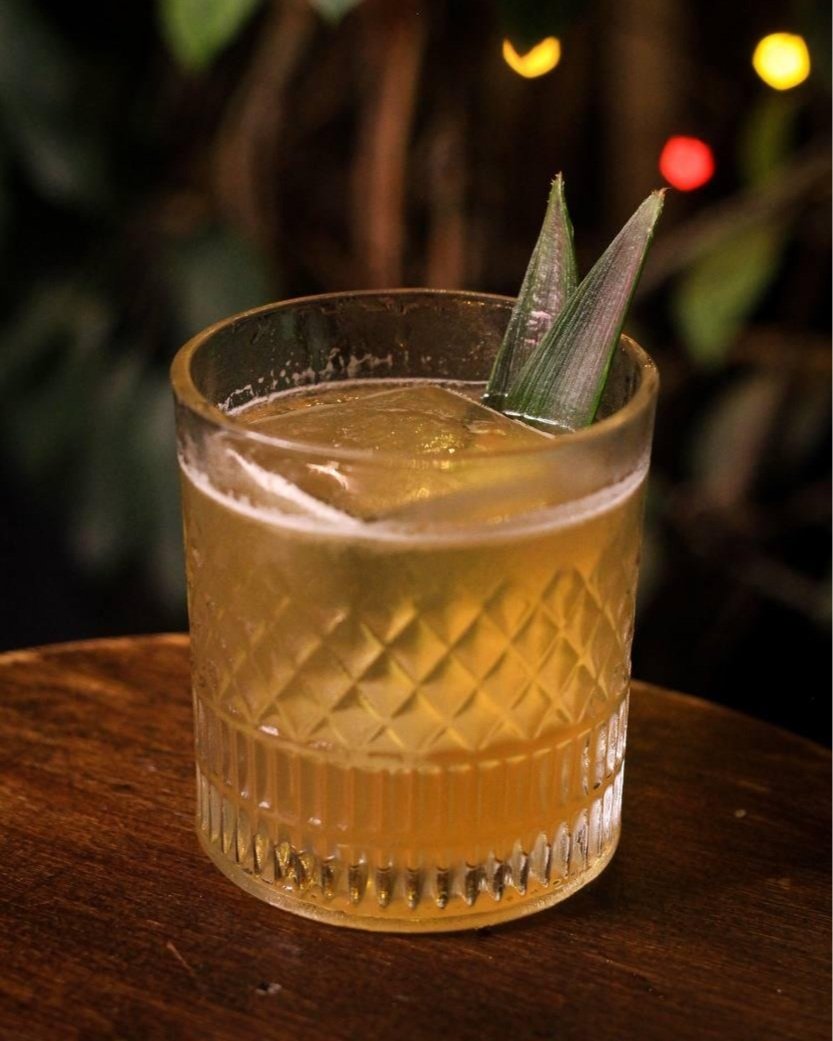
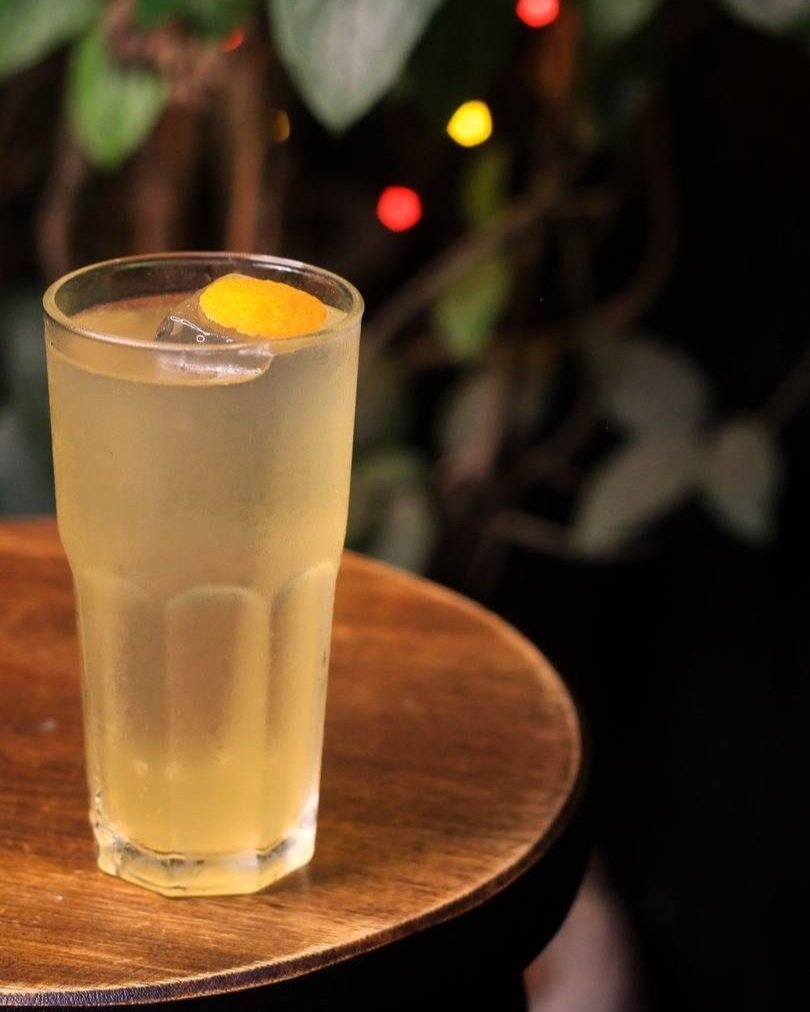
Traditional And Simple - Izakaya And Washoku
With the slogan ‘A small piece of Japan in Balneário Camboriú’, Oishii restaurant, considers itself a proud representative of the izakaya and Washoku cultural manifestations. Washoku is defined by Unesco as the set of skills, knowledge, practice and social and cultural characteristics related to the production, processing, preparation and consumption of Japanese food. The practice of Washoku is inscribed on the List of the Intangible Cultural Heritage of Humanity.
Like an izakaya restaurant, Oishii is small, simple and cozy. Even without publicity, the place is always full with both faithful and new customers because of the word of mouth advertising. The owners, Leandro Daniel Mendes, 53, known as Leco, and Sayuri Flores Yamamoto, 46, are married. Sayuri is a specialist in Japanese confectionery. Leco has been in the gastronomy business for 30 years, almost all of them dedicated to Japanese cuisine.
“‘You have to go to Curitiba to learn, because they are making peach sushi with whipped cream and it’s amazing.’ I dropped my knives and went home to cry.”
They were responsible for opening the first Japanese restaurant of Balneário Camboriú, specialized in traditional sushi, in 1999. After the disappointment with sushi as a business, Leco and Sayuri decided to open a place focused on hot Japanese food, a real izakaya faithful to Washoku. They tested the idea in a food truck for a while before opening Oishii.
Their sushi restaurant operated for nearly ten years but closed due to the recent surge of fusion sushi establishments in the region. “I knew it was time to stop when I heard from a customer that she was going to give me advice. I already had a lot of experience at that time; I have always studied a lot and went to Japan to improve. She said to me: ‘You have to go to Curitiba to learn because they are making peach sushi with whipped cream there and it´s amazing.’ I dropped my knives and went home to cry,” remembers Leco.
Chef Leandro Daniel Mendes│© Oishii Restaurant
It was impossible for them to compete with fusion restaurants' popularity; traditional sushi had already lost ground. Nonetheless, Leco thinks that fusion sushi has nothing to do with Japanese food: “Fusion is confusion. Even the techniques are being abandoned and the equipment required for sushi is not used in some places. I've seen professionals who don't even have a Japanese knife; they think it's not necessary. That's not our path; our path is the path of tradition. In Brazil young people take a course in Japanese cuisine with people who don´t have experience in Washoku and in six months they graduate and start to work,” says Leco.
That is why it is also hard to find a proper and dedicated workforce for the kitchen: “People who graduate in gastronomy here want to work in places where the chefs put flowers on the plate, where they make Instagrammable dishes. Japanese food is not like that, it´s simple. The process is simple and you'll be doing the same thing for one hundred years, you can't innovate. The recipe is always the same. It´s all about practice and study. But they don't want to spend ten years cleaning fish, improving their skills. Japanese culture involves a lot of repetition for improvement”, adds Sayuri.
“For the general public in Brazil, what characterizes a Japanese restaurant is a name in Japanese, ideograms on the wall and some fancy decoration. But for us, what characterizes an authentic Japanese restaurant is the use of Japanese ingredients and knowing how to use those ingredients and your equipment to extract the most from them, like umami. And you need to have respect for tradition”, declares Leco. That is why they make a point of improving their Japanese to be able to pronounce the names of dishes correctly while talking to customers. “It is a whole cultural experience, not only gastronomic”, Leco affirms.
“People often ask us to adapt or change something here, something there, but we say no. We don't change because traditional restaurants in Japan don´t change. The chef studied that dish and put a lot of effort in preparing it. He knows what he is doing. People ask all the time for truffle oil, tare (sweet soy sauce) to eat with gyoza... Brazilians pour truffle oil and tare in everything. In Japan, tare is used only with specific dishes and they barely use truffle oil. We don´t let the customers dictate our dishes because we do things like it´s done in Japan and if we make exceptions, soon there will be a mess”, completes Sayuri.
Leco and Sayuri│© Oishii Restaurant
This can be challenging in Brazil, a country that culturally tends to disregard the importance of those who serve, because of the social gap, and has a treacherous popular saying: ‘The client is always right’. In Japanese izakaya restaurants, the attendants conduct the service, food is normally served when it is ready and there is no such thing as to wait for everyone to arrive to start eating or stay all night, like Brazilians usually do. “It's a cultural thing. We kindly try to make the customer understand we have different rules. If you come alone, you sit at the counter or you share the table. If it´s a group, you only come inside and get a table when everyone has arrived and the tables need to be vacated because the place is small”, says Sayuri.
They are not radical though: to make the experience more comfortable, they offer a fork and knife to those clients who prefer to use them instead of hashi (chopsticks). “The important thing is that everyone can eat and be satisfied”, affirms Sayuri.
“Many people who know Japan or who are Japanese come here to taste real Japanese food again, or to relieve their homesickness.”
To achieve the quality for the traditional recipes, Leco and Sayuri often travel to Japan for research and prioritize Japanese ingredients. However, this can be a bit complicated: “We need to adapt some ingredients because we don't have the same quality as it is in Japan. We get everything from an importer. But many ingredients are hard to find, others cost too much. Some things take 30 to 40 days to arrive. So we have to plan”, explains Sayuri.
“If we can´t find proper ingredients with suppliers, I would rather remove the dish from the menu for a while than serve something that won't be correct. We also value local producers. That's where the difference in quality lies. The ingredients represent 90% of what makes the product good, I'm just the other 10% transforming the ingredients on the stove”, adds Leco.
Sayuri´s grandmother came from Hiroshima to Brazil after the Second World War. For many years, she was responsible for making Leco improve his knowledge in Japanese food: she would try and evaluate the dishes that he cooked, giving him her opinion.
Sayuri and Leco carefully thought about the menu to make it genuinely izakaya. The regular options are: otoshi (appetizers), gyoza (dumplings), edamame (steamed soybeans), bekon (bacon pork), missoshiru (soy soup), onigiri (rice ball), karaage (fried chicken), tonkatsu (deep-fried pork cutlet), shiro gohan (white rice), kaki furai (fried oysters) and buta bara (pork belly). The main dish is ramen (noodles). They have three options: with shoyu (soy sauce), with misso (fermented soybean paste) and karamisso (misso with pepper sauce). All the sake served is top-quality Japanese. For dessert, they usually serve moti (sweet rice cake) and manju (steamed cake filled with red bean).
In Oishii they use organic shoyu and misso from producers in São Paulo and they homemade daily the dashi, the broth which is one of the bases of Japanese cuisine. The dashi adds umami and consists of filtered water, katsuobushi (simmered, smoked and fermented tuna), konbu (seaweed) and dried shitake mushrooms.
Japanese food provides comfort and relish in simplicity. To Leco and Sayuri, if you went to Japan and enjoyed its food, it is going to be difficult to accept anything different from the traditional recipes after the experience. “Many people who know Japan or who are Japanese come here for this reason, to taste real Japanese food again or to relieve their homesickness,” considers Sayuri. Leco says he will always remember the moment when a Japanese executive who was visiting Brazil entered their restaurant and exclaimed: “It smells just like Japan!” To him, those stories and responses make all the difference, just like the ingredients.








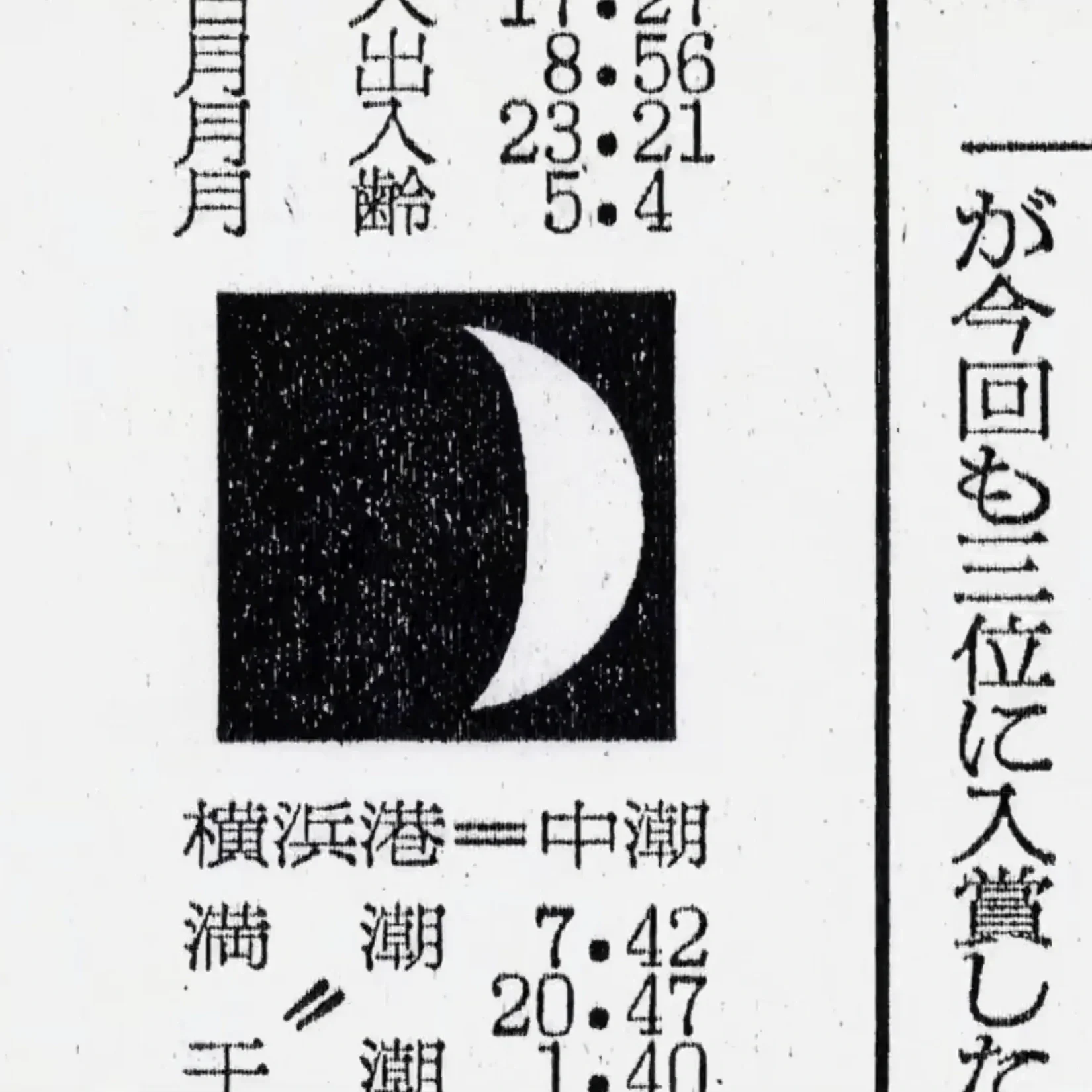
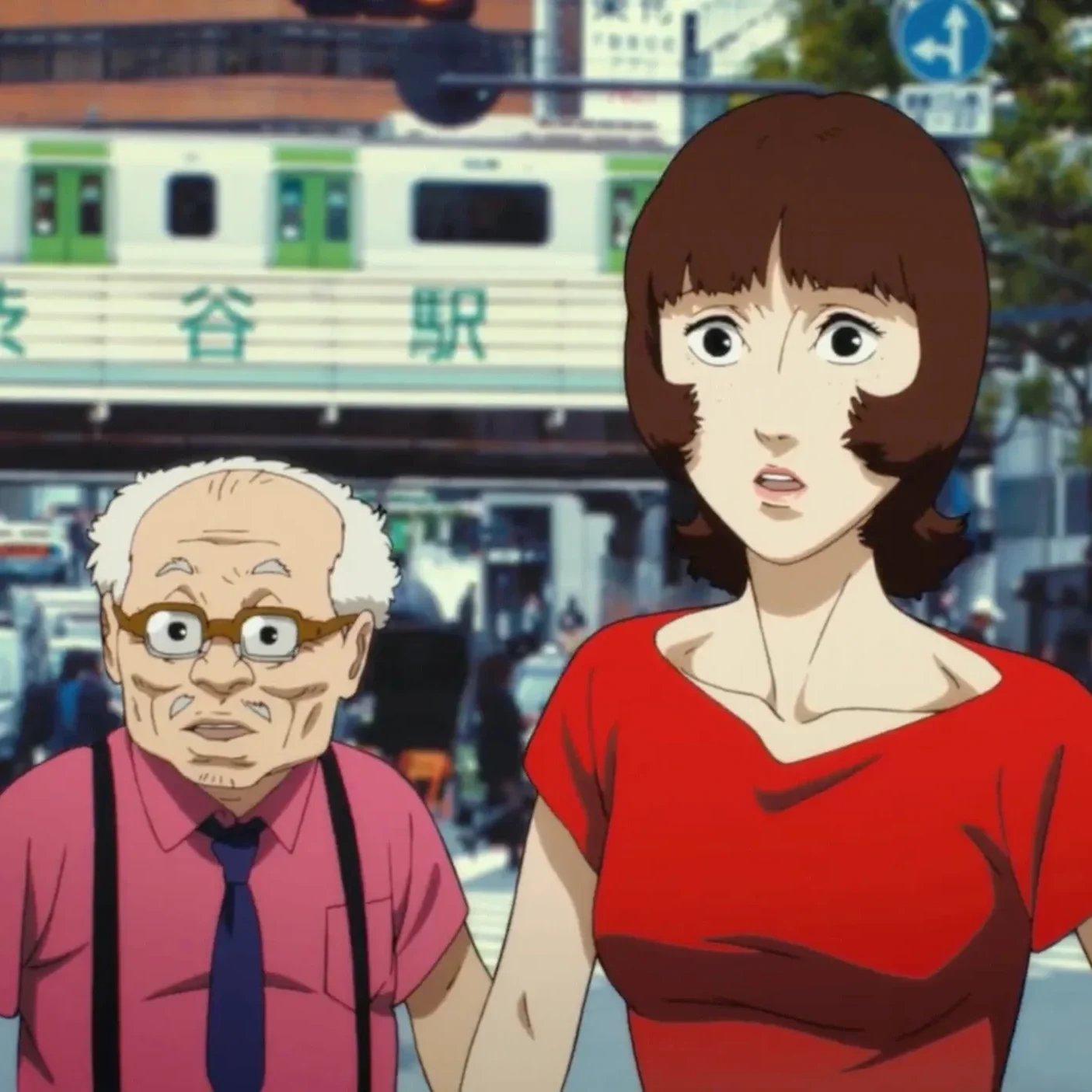
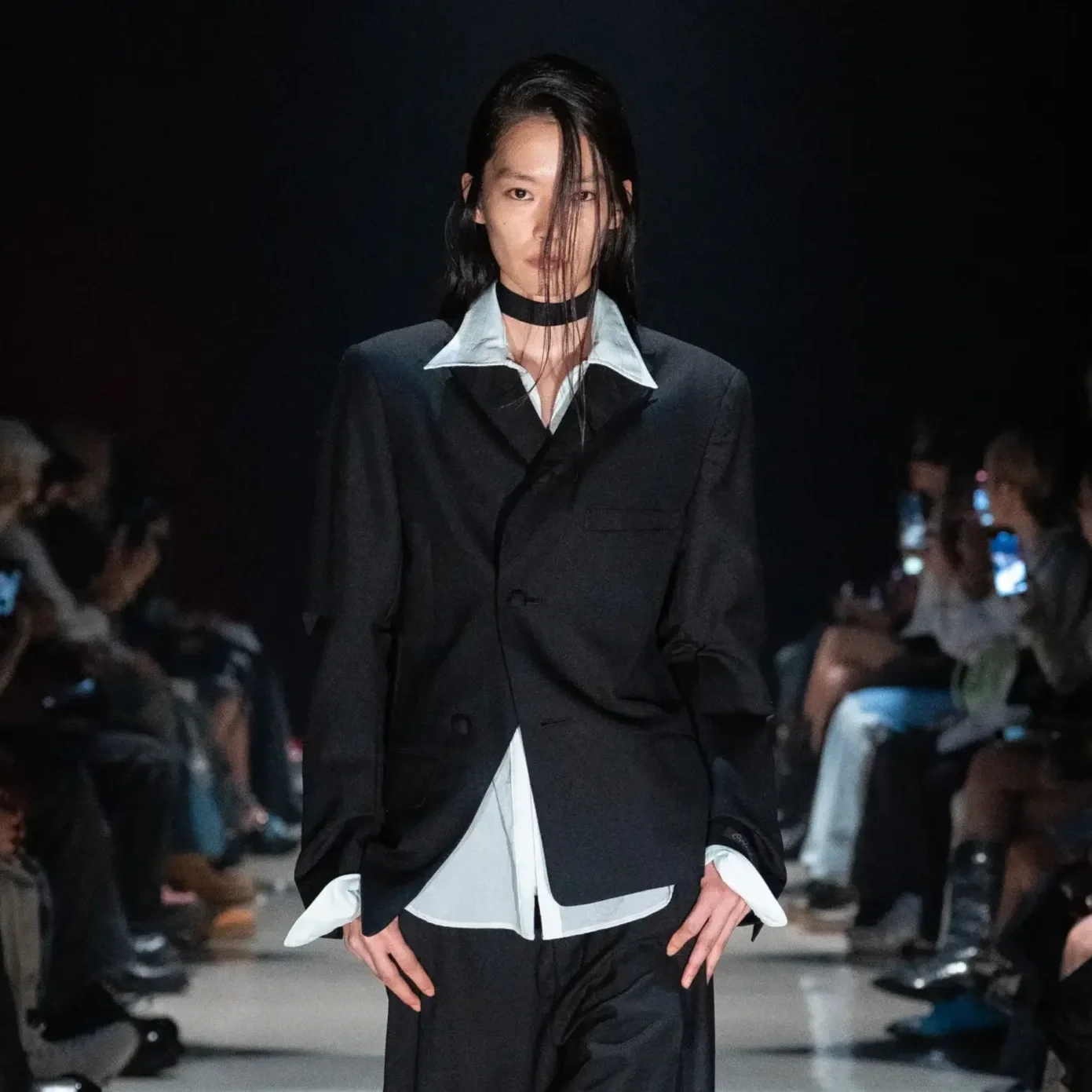

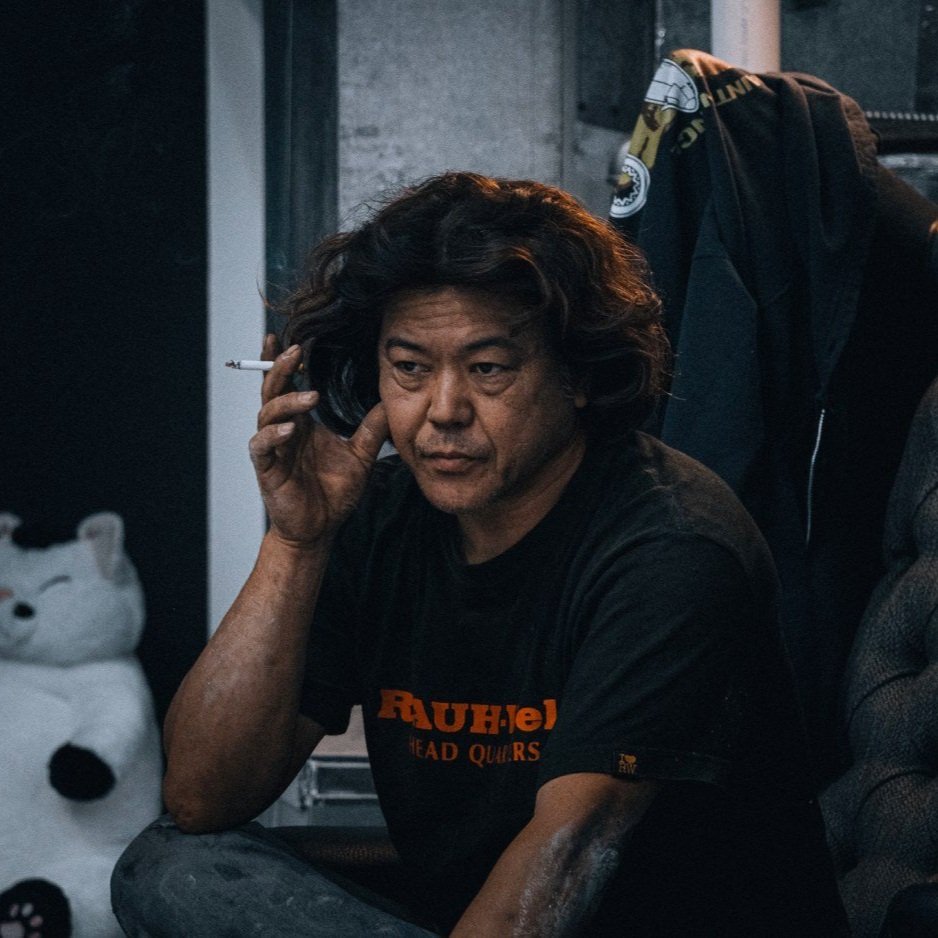

Japanese cuisine reimagined with Western flair and nostalgic flavors.